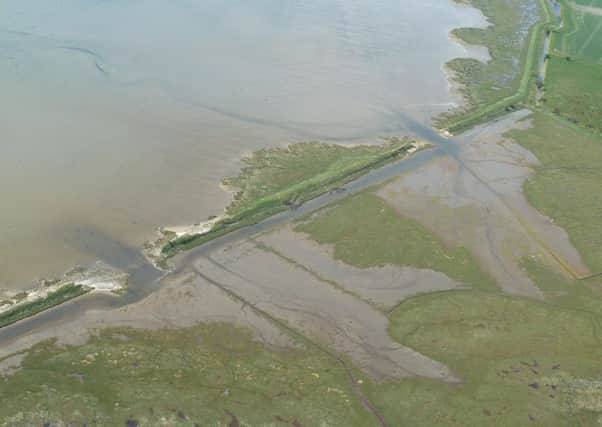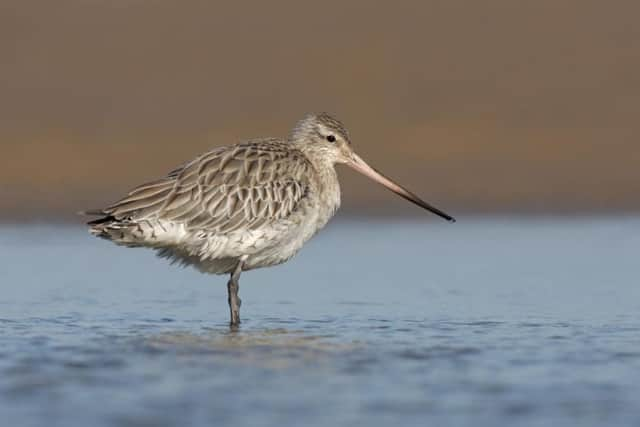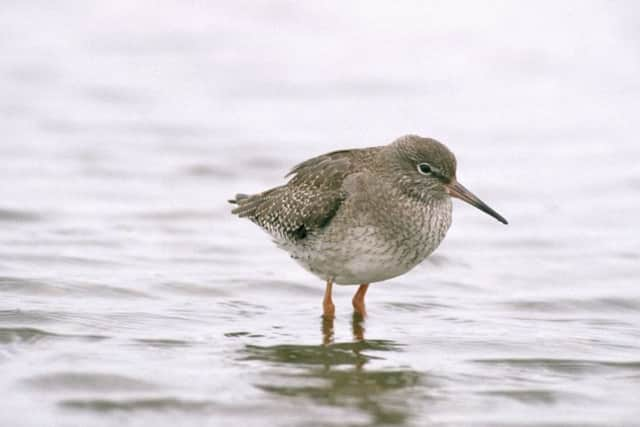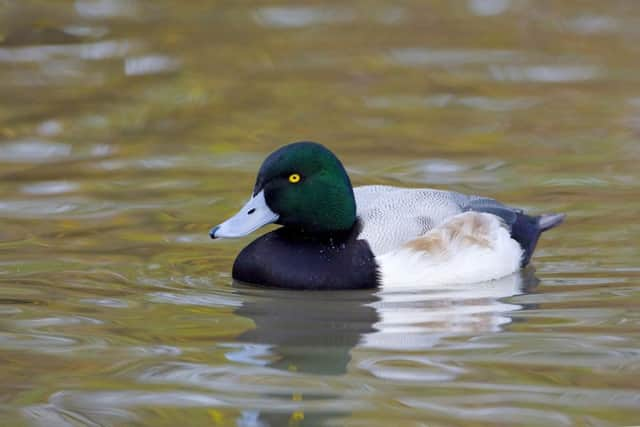Water birds flock to Scots bay after 50 years


Species of swans, ducks, geese and waders have recolonised an area of Nigg Bay in Easter Ross under a pioneering scheme to “rewild” reclaimed farmland by returning it to the sea.
The project, the first of its kind in Scotland, involved deliberately breaching an 800m-long flood barrier that had cut off a large tract of land from the incoming tide in the 1950s. Various threatened wildfowl and wading birds that depend on mudflats for food and shelter disappeared from the area after the sea wall was first built.
Advertisement
Hide AdAdvertisement
Hide AdBut conservationists believed letting the water in and allowing nature to take its course might eventually restore the original salt marsh conditions and lure some of the wildlife back.


The technique is known as coastal realignment and relies on “soft engineering” to restore lost habitat and provide a natural defence against flooding and erosion.
The field was deluged for the first time in 50 years after two giant holes were punched in the sea wall in 2003. But what occurred afterwards has exceeded all expectations.
The 25-hectare site swiftly reverted to its natural state, with three species of water birds taking up residence within only a few months of the breach. This had jumped to 19 by the following winter and now stands at 25 – including the rare scaup duck and bar-tailed godwit.
“We can see clearly how well it has worked, and the change to salt marsh and mudflats has happened much more quickly than expected and is really benefiting wildlife,” said Jim Densham, senior land use policy officer for the nature charity RSPB Scotland, which owns the Nigg site and is managing the project.


“What is really important about this sort of work is that we are extending that salt marsh inland a bit, so for wildlife, especially birds, it gives that extra bit of feeding space.
“So much of the other salt marsh we have is being squeezed against hard defences by sea level rises and storms. Just that little indentation into the land allows that extra space for roosting and for feeding, especially during very high tides and storms.
“It’s estimated 2,000 birds will use this single site because it is such a safe refuge.”
Advertisement
Hide AdAdvertisement
Hide AdSalt marsh is one of the country’s most threatened habitats, with around 200 acres being lost to global warming and land reclamation annually.


But as well as hosting internationally important wildlife, ecologists say sites like Nigg can guard against some of the impacts of climate change by acting as a natural buffer zone against coastal erosion and flooding caused by rising sea levels and extreme weather.
Scientists predict that sea levels on Scotland’s east coast could rise by as much as 23cm by 2050.
Densham highlighted the importance of reinstating lost salt marshes and mudflats. “We have much less now than we would have done 200 years ago, and even that small area is being squeezed, so we need to think about habitat for wildlife but also for flood protection,” he said. “Sea level rise is inevitable even if we turned off our carbon pollution now, and we need to protect ourselves from flooding.”
Salt marshes on the northern shore of the firth were first reclaimed from the sea by monks at nearby Fearn Abbey during the 18th century. As much as 700 acres have been taken over the past 250 years.
The Nigg scheme costs £47,480 and was funded by Heritage Lottery Fund, Scottish Natural Heritage, Scottish Environment Protection Agency and RSPB Scotland.